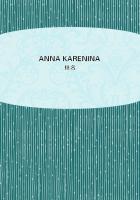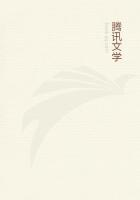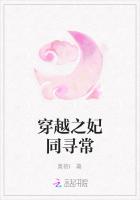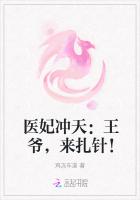The principle of the male is separated off in eggs at the point where the egg is attached to the uterus, and the reason why the shape of two-coloured eggs is unsymmetrical, and not perfectly round but sharper at one end, is that the part of the white in which is contained this principle must differ from the rest.Therefore the egg is harder at this point than below, for it is necessary to shelter and protect this principle.And this is why the sharp end of the egg comes out of the hen later than the blunt end; for the part attached to the uterus comes out later, and the egg is attached at the point where is the said principle, and the principle is in the sharp end.
The same is the case also in the seeds of plants; the principle of the seed is attached sometimes to the twig, sometimes to the husk, sometimes to the pericarp.This is plain in the leguminous plants, for where the two cotyledons of beans and of similar seeds are united, there is the seed attached to the parent plant, and there is the principle of the seed.
A difficulty may be raised about the growth of the egg; how is it derived from the uterus? For if animals derive their nutriment through the umbilical cord, through what do eggs derive it? They do not, like a scolex, acquire their growth by their own means.If there is anything by which they are attached to the uterus, what becomes of this when the egg is perfected? It does not come out with the egg as the cord does with animals; for when its egg is perfected the shell forms all round it.This problem is rightly raised, but it is not observed that the shell is at first only a soft membrane, and that it is only after the egg is perfected that it becomes hard and brittle; this is so nicely adjusted that it is still soft when it comes out (for otherwise it would cause pain in laying), but no sooner has it come out than it is fixed hard by cooling, the moisture quickly evaporating because there is but little of it, and the earthy part remaining.Now at first a certain part of this membrane at the sharp end of eggs resembles an umbilical cord, and projects like a pipe from them while they are still small.It is plainly visible in small aborted eggs, for if the bird be drenched with water or suddenly chilled in any other way and cast out the egg too soon, it appears still sanguineous and with a small tail like an umbilical cord running through it.As the egg becomes larger this is more twisted round and becomes smaller, and when the egg is perfected this end is the sharp end.Under this is the inner membrane which separates the white and the yolk from this.When the egg is perfected, the whole of it is set free, and naturally the umbilical cord does not appear, for it is now the extreme end of the egg itself.
The egg is discharged in the opposite way from the young of vivipara; the latter are born head-first, the part where is the first principle leading, but the egg is discharged as it were feet first; the reason of this being what has been stated, that the egg is attached to the uterus at the point where is the first principle.
The young bird is produced out of the egg by the mother's incubating and aiding the concoction, the creature developing out of part of the egg, and receiving growth and completion from the remaining part.For Nature not only places the material of the creature in the egg but also the nourishment sufficient for its growth; for since the mother bird cannot perfect her young within herself she produces the nourishment in the egg along with it.Whereas the nourishment, what is called milk, is produced for the young of vivipara in another part, in the breasts, Nature does this for birds in the egg.
The opposite, however, is the case to what people think and what is asserted by Alcmaeon of Crotona.For it is not the white that is the milk, but the yolk, for it is this that is the nourishment of the chick, whereas they think it is the white because of the similarity of colour.
The chick then, as has been said, comes into being by the incubation of the mother; yet if the temperature of the season is favourable, or if the place in which the eggs happen to lie is warm, the eggs are sufficiently concocted without incubation, both those of birds and those of oviparous quadrupeds.For these all lay their eggs upon the ground, where they are concocted by the heat in the earth.Such oviparous quadrupeds as do visit their eggs and incubate do so rather for the sake of protecting them than of incubation.

